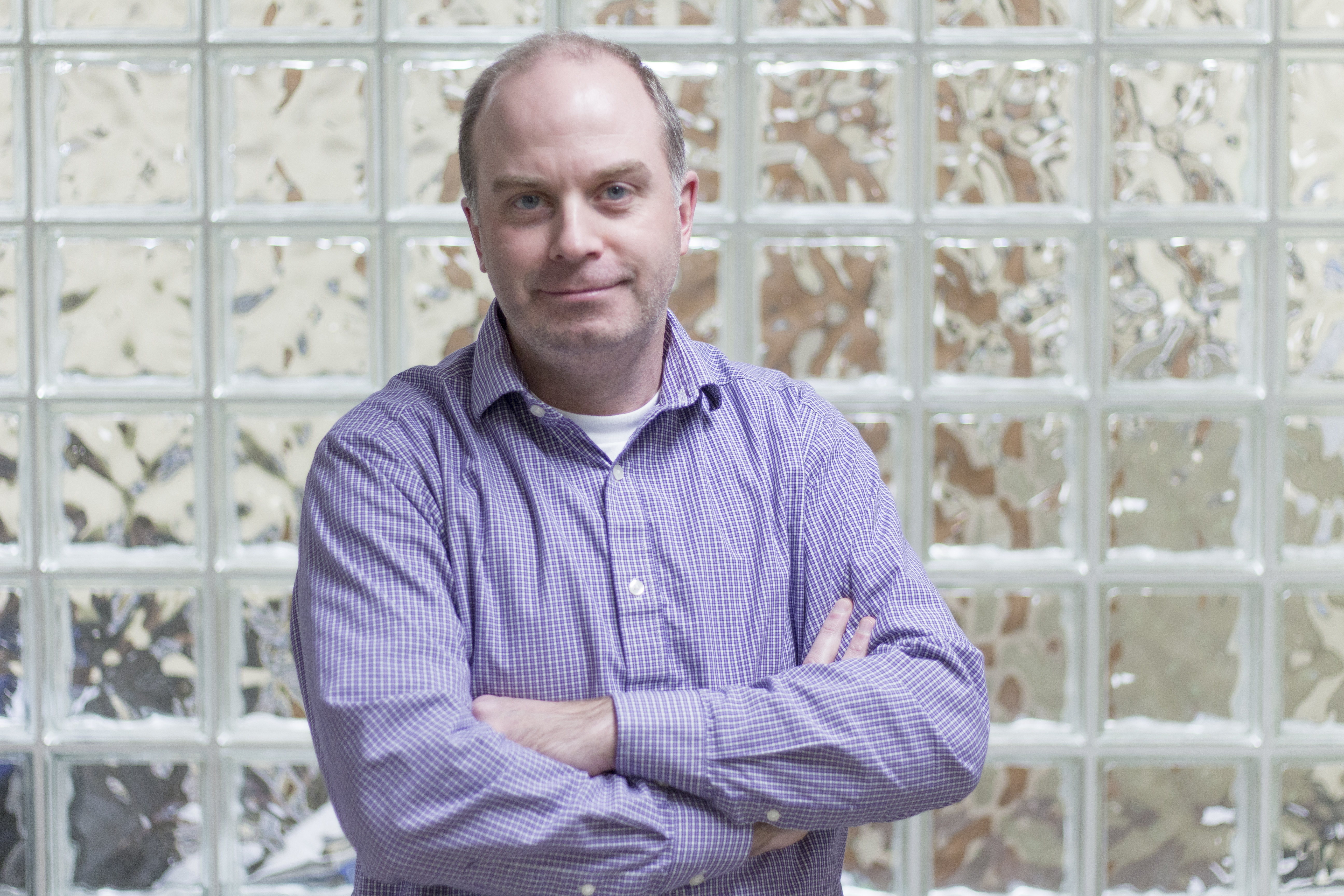
Social Sciences Research Laboratories expanding
The new Computational Research Laboratory will be located in the Murray Library
By Shannon Boklaschuk
It’s a time of growth for the University of Saskatchewan’s (USask) Social Sciences Research Laboratories (SSRL).
The SSRL’s physical footprint is getting bigger, and so are the number of projects and organizations it supports. In November, the SSRL opened the Mixed Methods Research Laboratory—its ninth lab—and is opening its 10th in the near future. The new Computational Research Laboratory will be located in the Murray Library.
The SSRL is expanding in other ways as well. The SSRL has entered into a partnership with CBC Saskatchewan to gauge how residents feel about a variety of issues. The collaboration is similar to the work the SSRL does for Postmedia News Saskatchewan—conducting public opinion surveys that provide data for news articles.
“The SSRL, as it exists right now, is a unique entity,” said director Jason Disano. “Nothing like this exists anywhere else—not in Canada, not the U.S., and not abroad.”
Housed in the College of Arts and Science, the SSRL is a support unit that assists faculty members and students with their research projects and also works with organizations off campus, such as the Saskatchewan Health Authority, the City of Saskatoon, the Office of the Treaty Commissioner, and other Canadian universities.
“One of the things that makes this unit distinct or unique is we operate under what’s called a public utility model,” said Disano. “That means anyone, anywhere, can access the unit and work with us.”
In the fiscal year ending April 30, 2018, the SSRL supported 339 unique research studies and worked with 521 researchers, of which 445 were from USask. During that same time period, 706 undergraduate and graduate students worked with the SSRL.
“One of the things that we’re really excited about is that we engage so many students in the work that we do,” said Disano.
The SSRL has grown quickly in a relatively short period of time. Disano was the only staff member when the unit opened in 2011; now there are 10.
He said one of the biggest assets is the staff, since the employees have training and expertise in a variety of areas. They help researchers with grant applications and with developing sections of ethics applications, as well as collect, analyze and report on data.
While the SSRL is supporting more projects every year, what also excites Disano is that the projects are becoming larger in scope and scale. He attributes that to the way the SSRL functions. While other Canadian universities have some of the assets that the SSRL has—for example, there’s a telephone survey facility at the University of Waterloo and decision labs at McMaster University and at the University of Calgary—“no one’s pulled those pieces together, under one roof, like we have,” he said.
“Of course there’s an economy of scale in supporting all these labs, but the bigger benefit is we can actually do bigger, more complex, more sophisticated—I guess I could say ‘cooler’—research projects because we have all those different pieces under one roof,” said Disano. “The SSRL keeps growing and expanding based on the need and demand that we’re seeing from our researchers.”


